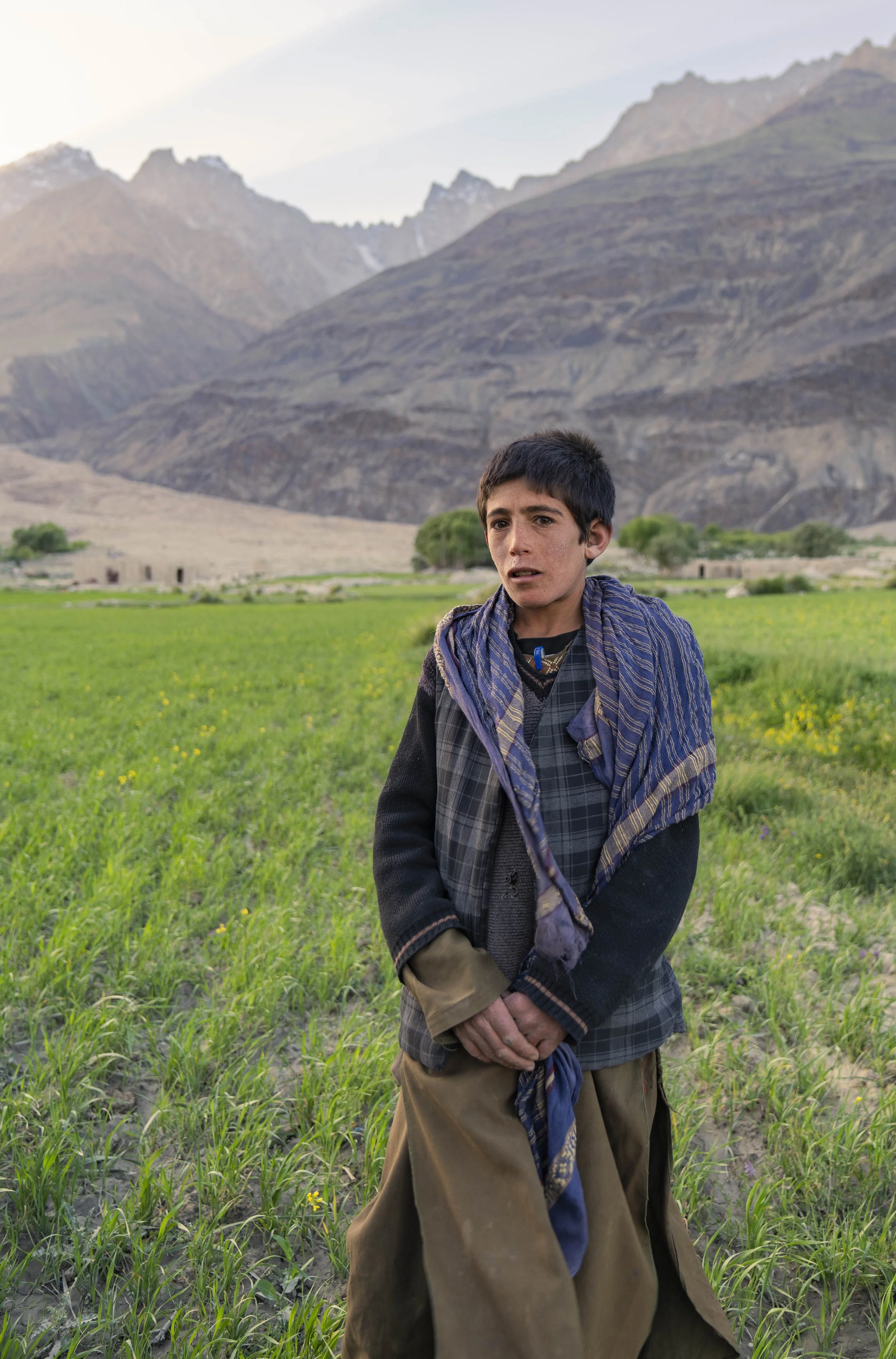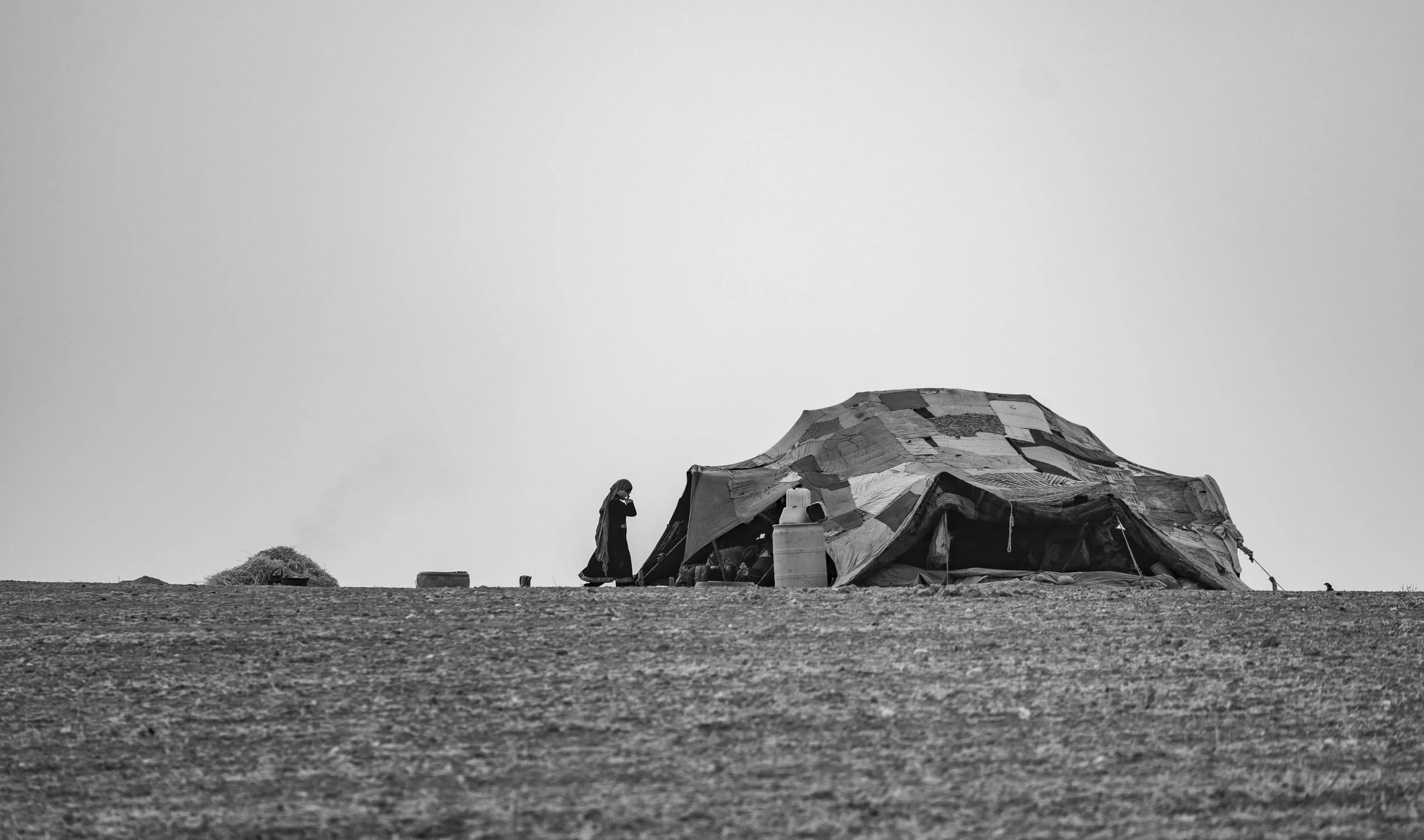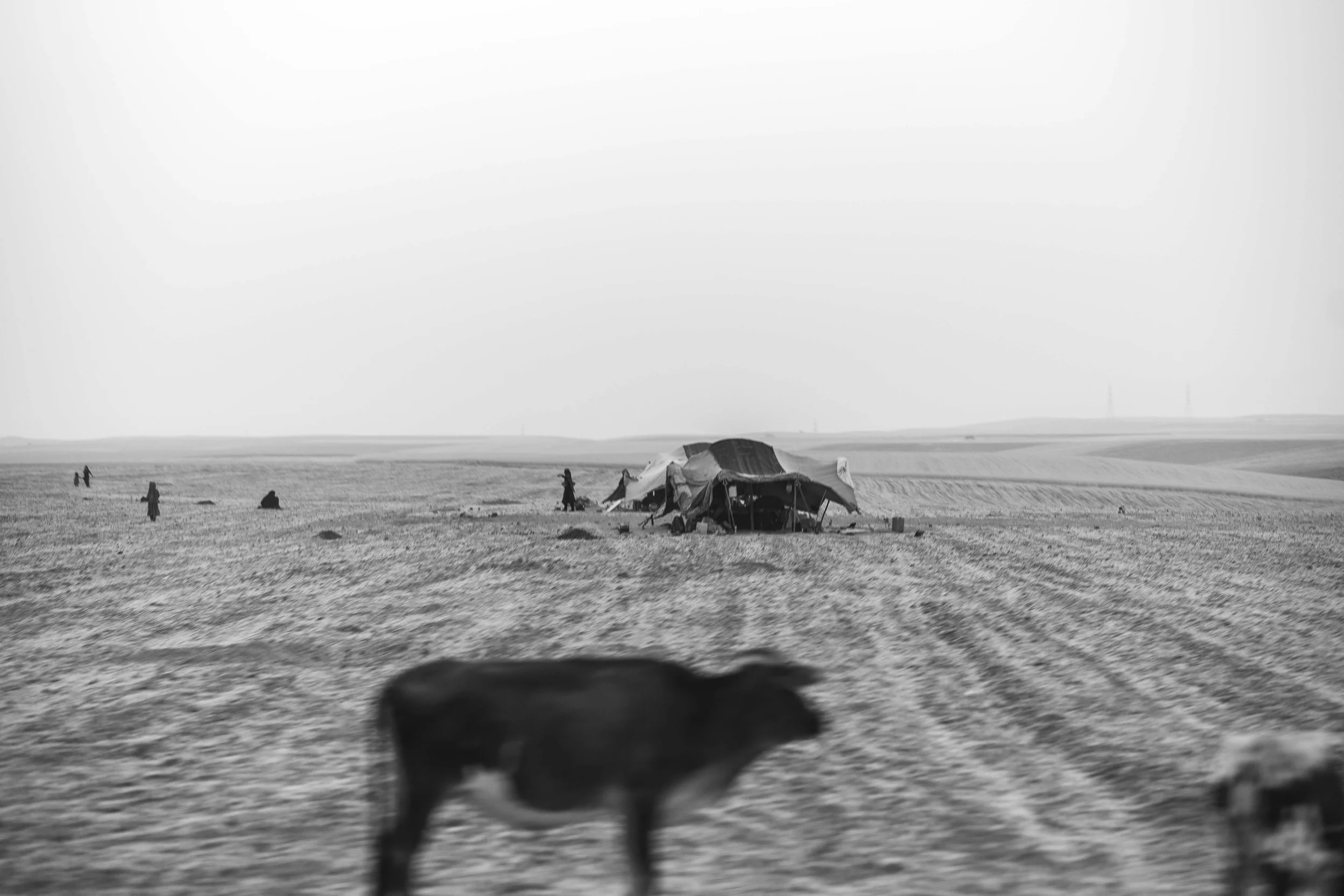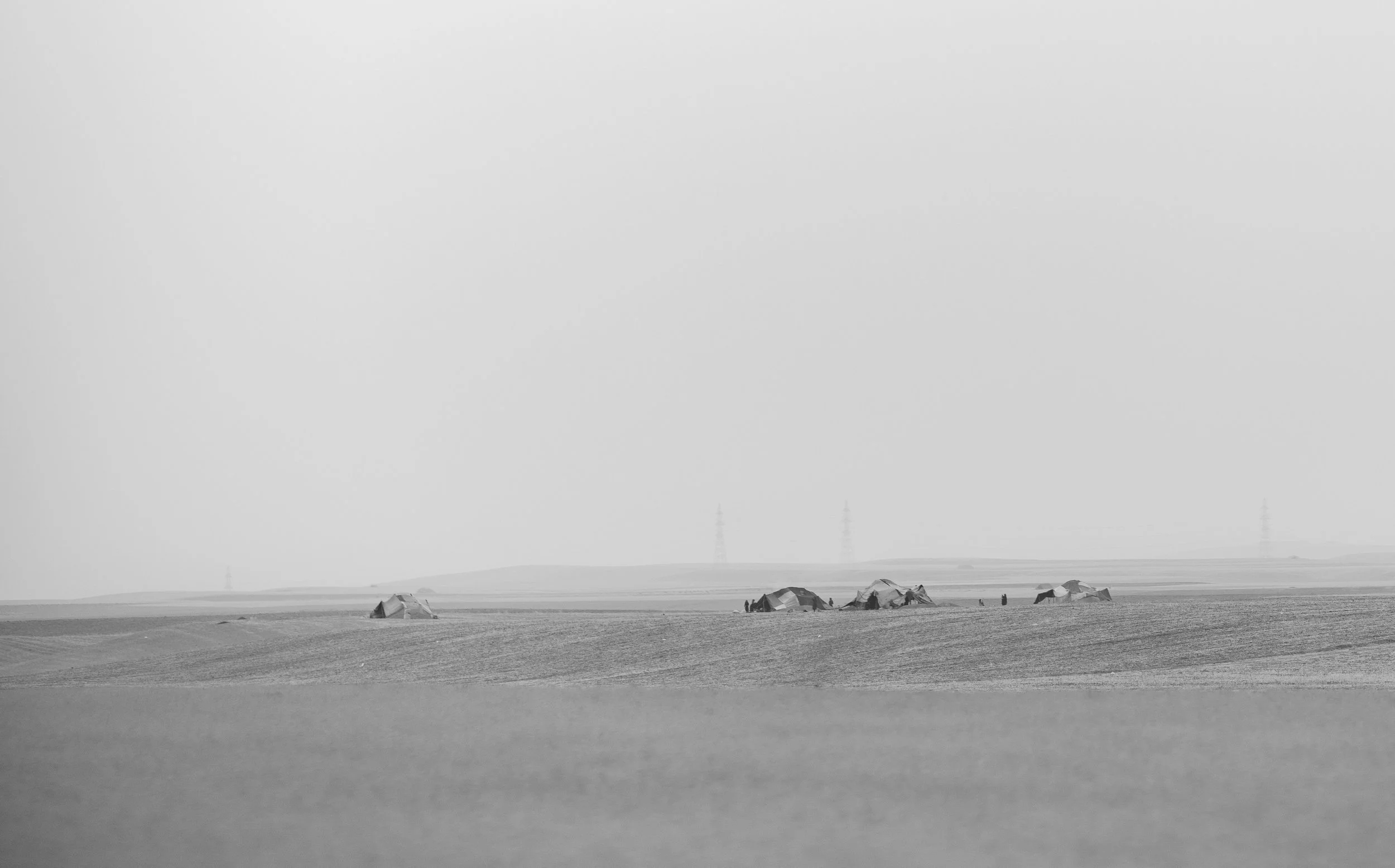Chapter I
It is rooted in Afghanistan, a land once known as Aryana, crossroads of the Silk Road and a place of exchanges and passage for millennia.
Beyond the images of war that dominate the collective imagination, another Afghanistan exists: one of remote valleys, peoples, and traditions that endure despite the erosion of time and the upheavals of history.
My work seeks to bear witness to these ancient voices, everyday gestures, and a silent dignity too often overlooked by dominant narratives.
This chapter stands as a first step, a reconnaissance, an initial immersion that will allow me to go further in understanding and documenting these communities.
It is conceived as a living archive, an attempt to preserve the memory of what is vanishing, while also revealing the coexistence of heritage and modernity.
A starting point, before deepening the work and extending the story to other territories.
𐬀𐬭𐬌𐬌𐬙𐬀 ARYANA
AFGHANISTAN

A young girl and her deep gaze, Wakhan corridor. June 2025 Through her eyes, something goes beyond borders and time. It’s not just a face I see, but a thought taking shape, a world unfolding from within. That’s where I find the meaning of Civilisation Project: in what lives behind the eyes, in what quietly connects us across time and place.
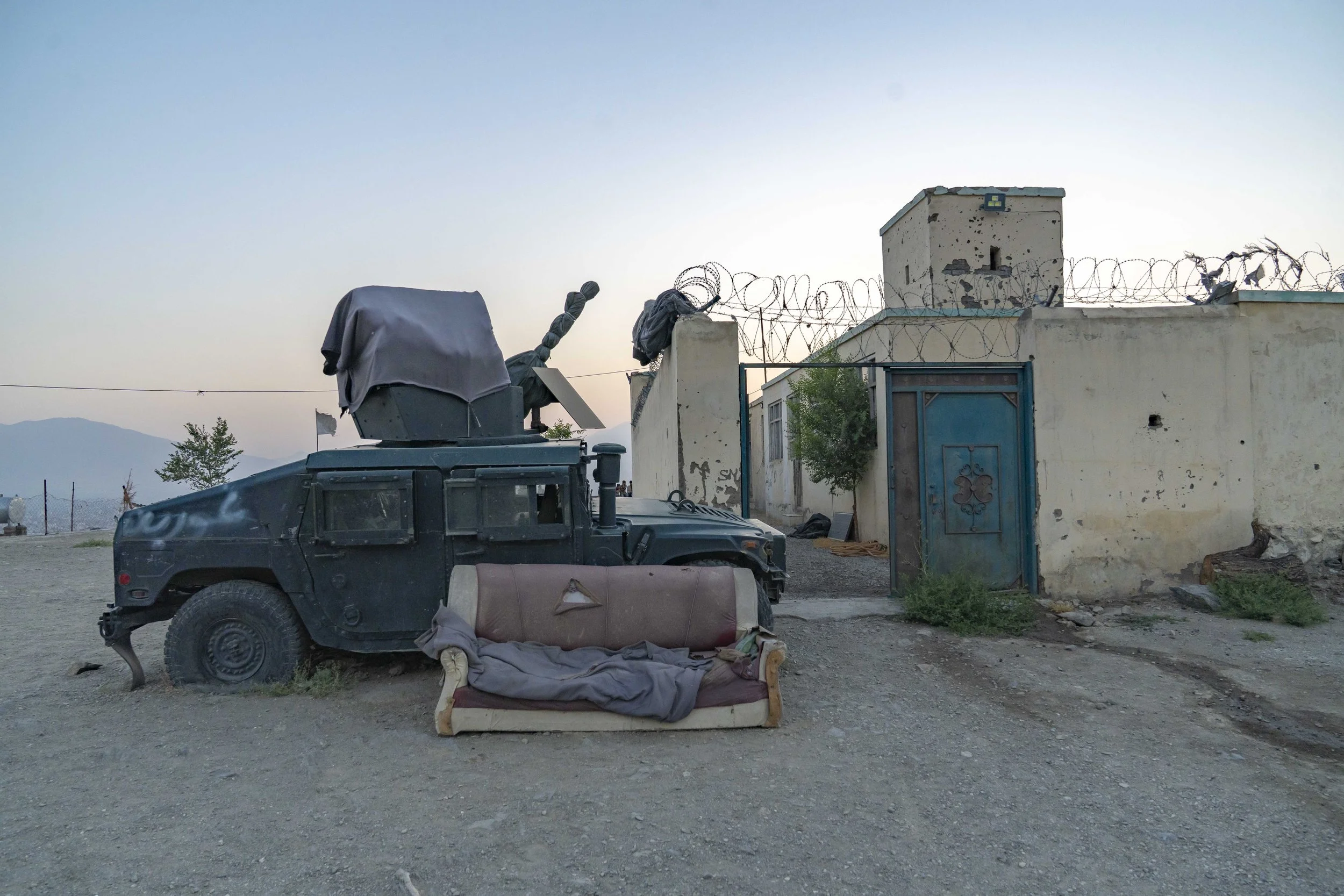
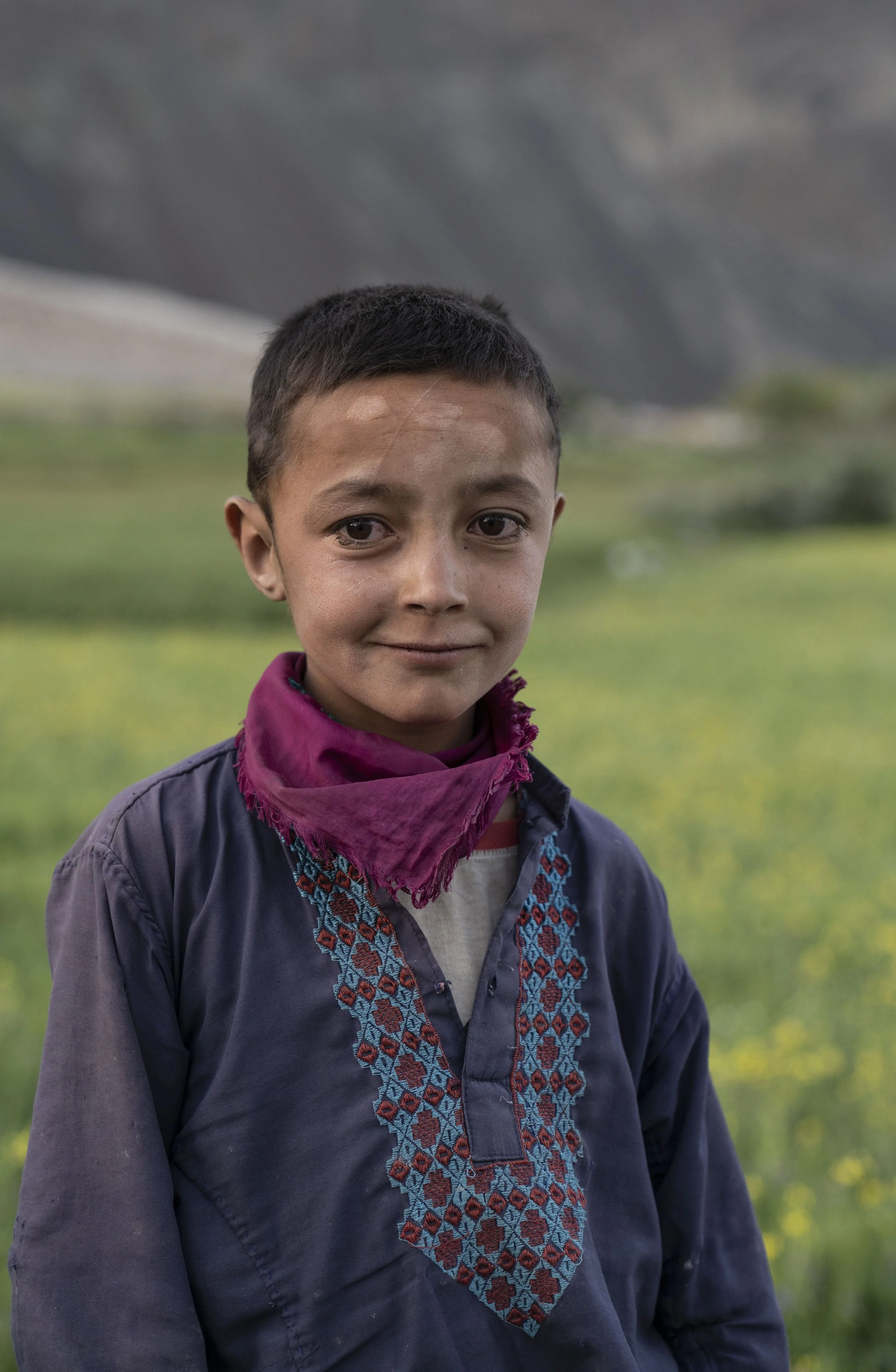
A gaze that welcomes the world, the smile of childhood. One can almost hear the whisper of the place, the memory of the stones, and the breath of the Wakhan mountains, where time hangs suspended. I long to return to these mountains, to be there once more, among snow and rock, rivers and fields, with the souls and stories that fill my heart.

The Roadside Shop | Gates of the Wakhan Corridor At the gates of the Wakhan Corridor, I met a family two days into Afghanistan. The father ran a very common roadside shop, stacked with cans of all kinds and a mix of other everyday items. One of the first encounters of this journey.
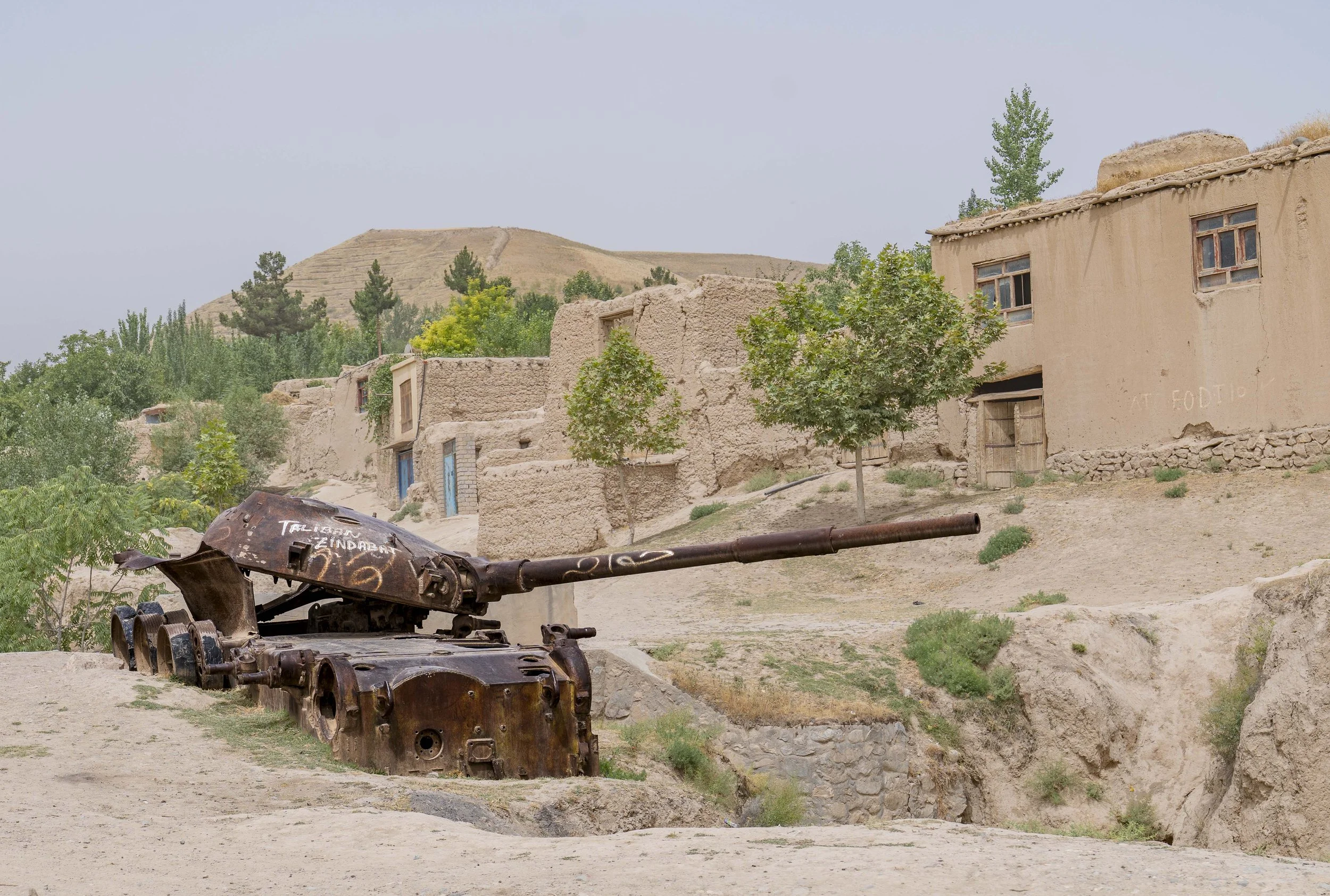

At the end of the day, along the Wakhan Corridor, we passed near their village. The youth were walking quietly, enjoying the last light. We were driving through the valley, looking for a place to set up camp, when they approached us with curiosity… and soon their interest was clear. I was the one who suggested taking a few photos. They came forward one by one, intrigued by the process. I couldn't express myself in the local language , but my Afghan friends who accompanied me helped a lot with translation and made every interaction possible. I didn’t always remember their names correctly; it was after that moment that I started writing them down, so I wouldn’t lose these fragments of their story.
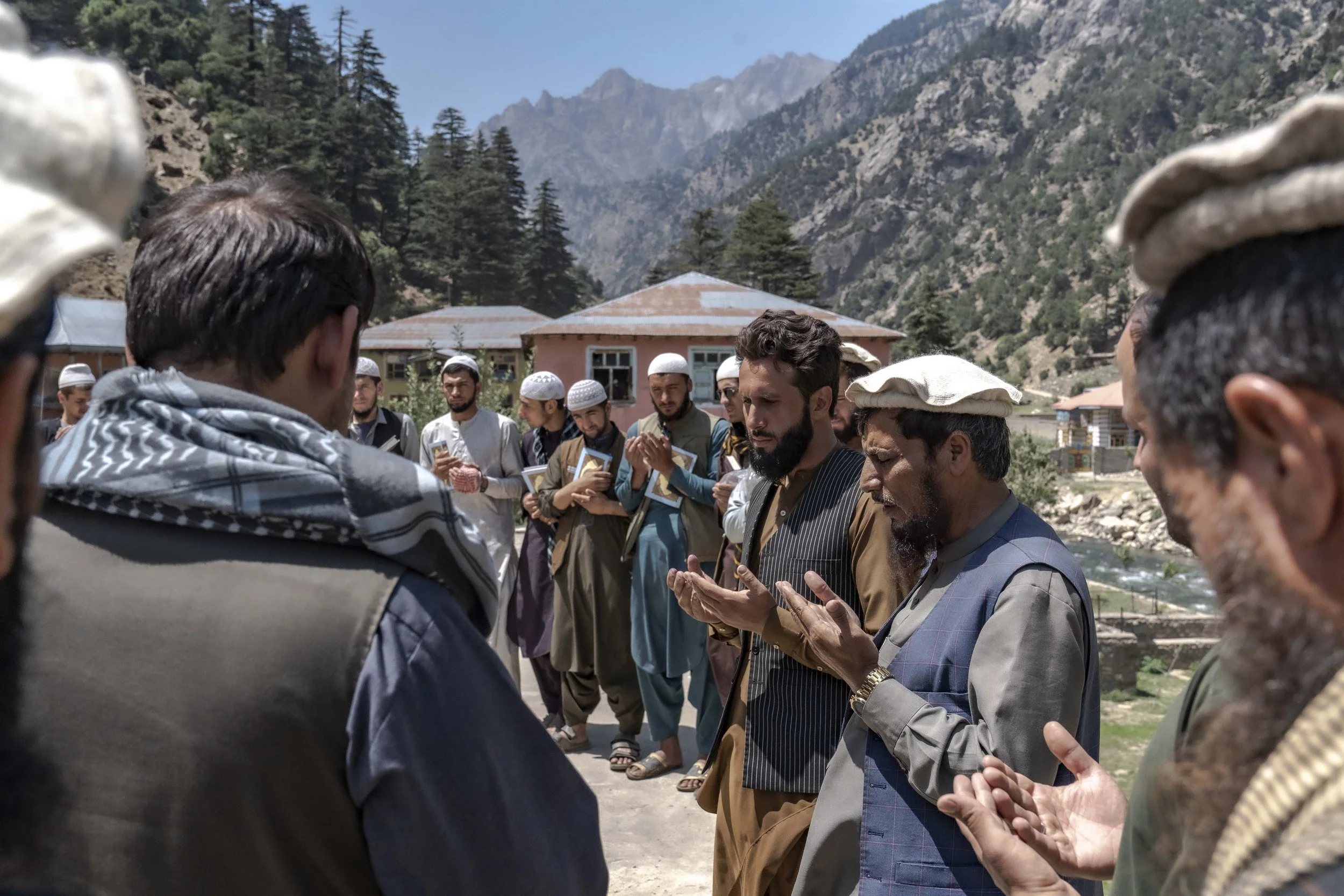
The Madrassa and the Mountain. In a remote valley of Nuristan, we were welcomed into a madrassa. My companions had bought books a few days earlier, and distributing them to the students took on its full meaning in this place. Shortly after, everyone gathered for a moment of prayer. The director explained to us how the school works: the admission of students, daily life in the madrassa, the library where we shared a meal with the teachers. Some students come from very far away, even from Badakhshan, crossing the mountains instead of taking the long road. I discovered a unique place, hidden between the peaks of the northeast, where study and faith are lived day by day.
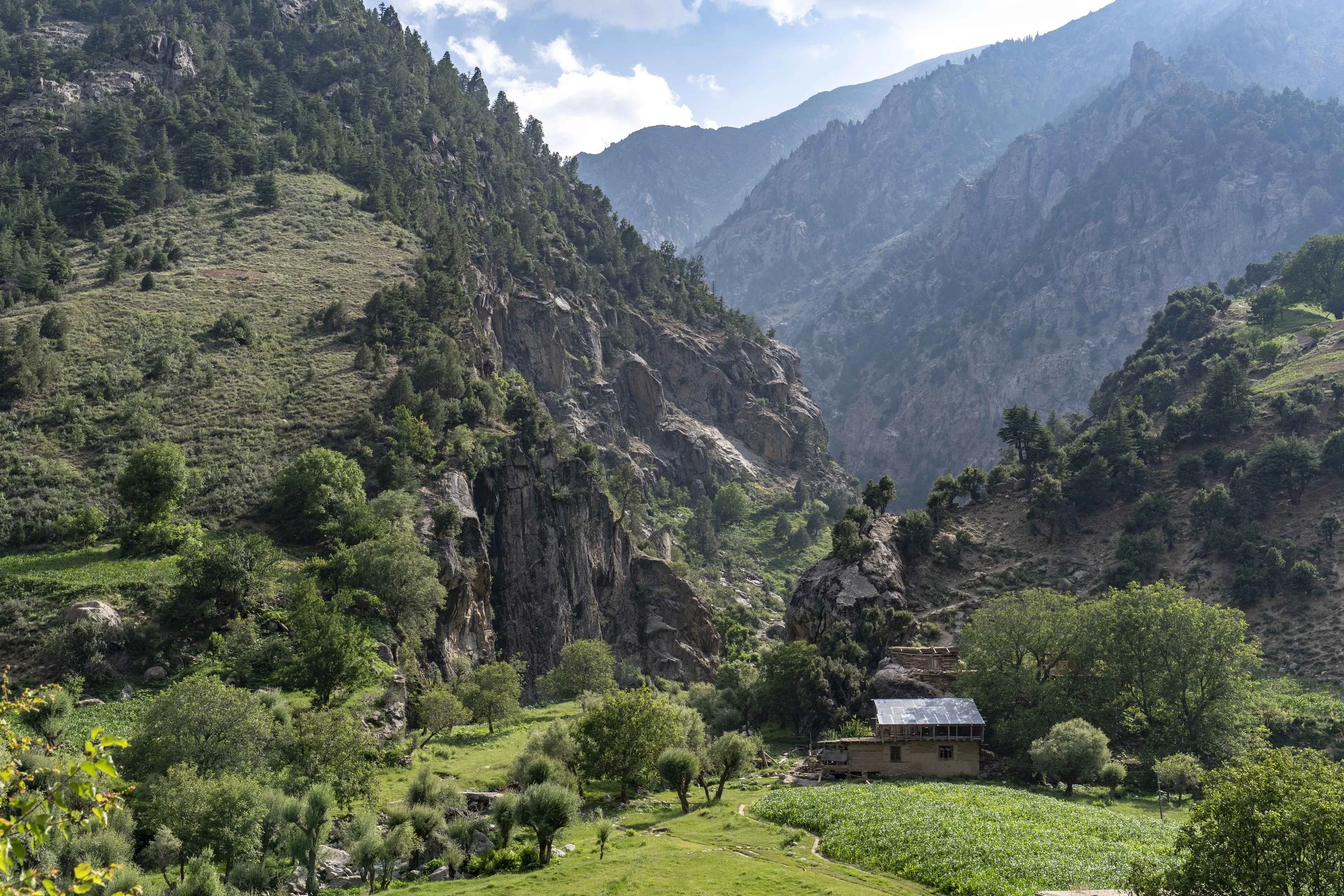
A valley in Nuristan province.

The Girl and the Buddha. Bamiyan. In front of the cliff, where the Buddha once stood. She walked by quick, alert, full of life. I asked, she stopped. Just for a second. A brief moment, caught between stone and light. It was Muharram. The streets echoed with chants and devotion. Bamiyan is sacred. Ancient, but alive. It’s the heart of the Hazara people, Shia, proud, resilient. Civilisation is about this: Meeting what moves through time. Witnessing what still speaks.
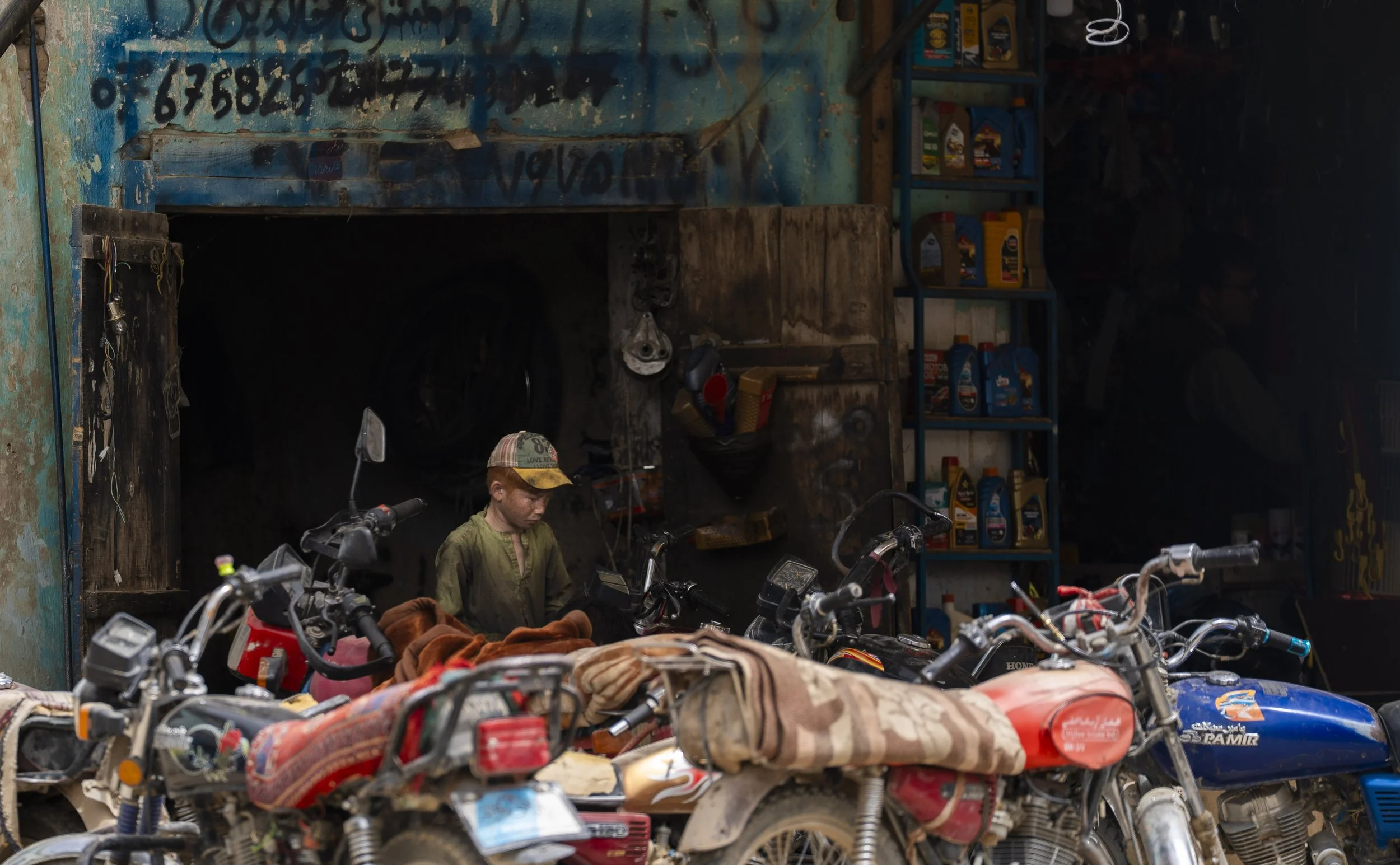
Kunduz, somewhere between Badakhshan and Kabul. A quick stop. A small town, windy and dusty. I saw him on a street corner. Silent, concentrated, his hands full of adult work. He wasn’t old enough, but he already had the role. Here, many children grow up against the clock.

We spoke a little, despite the language barrier. He was with his horse, heading home through the vast silence of the mountains. He agreed to be photographed. Not to be seen, but maybe because he understood what I was looking for. A quiet moment. A presence. A shared understanding, without many words. I don’t know his name. But that brief, sincere encounter stays with me. Now I’m heading north. The Civilisation project continues in the highlands of the Pamir, on the Tajik side. But this face, this horse, this stretch of road we shared, I carry them with me.

His name is Elias. I met him in the Valley of the Dragon, near Bamiyan. Legend says a dragon once lived here, casting fear across the mountains. Ali, the son-in-law of the Prophet, came and struck it down. With a single blow, he split the rocks and defeated the beast. From the wound in the land, a spring emerged, not blood, but the dragon’s tears. And they still flow today. Elias stood near that sacred place. But he wasn’t just there. He carried it.

A glimpse of daily life in Kunduz, northern Afghanistan. It’s afternoon, over 30°C. The river becomes a refuge, a playground, a place to cool down. Kids rush in, just like they do anywhere in the world when there’s water and heat. They shout, laugh, dive, invent games with almost nothing. A few men join in too, quietly, often half-dressed, just enough to dip in and breathe. It’s a universal image. A moment that crosses borders. Then comes a rumble in front of me. An old truck starts up, releasing a thick cloud of black smoke. It drives off down a dusty road, headed who knows where : a worksite, a village, the middle of nowhere. Life rolls on, between two swims.
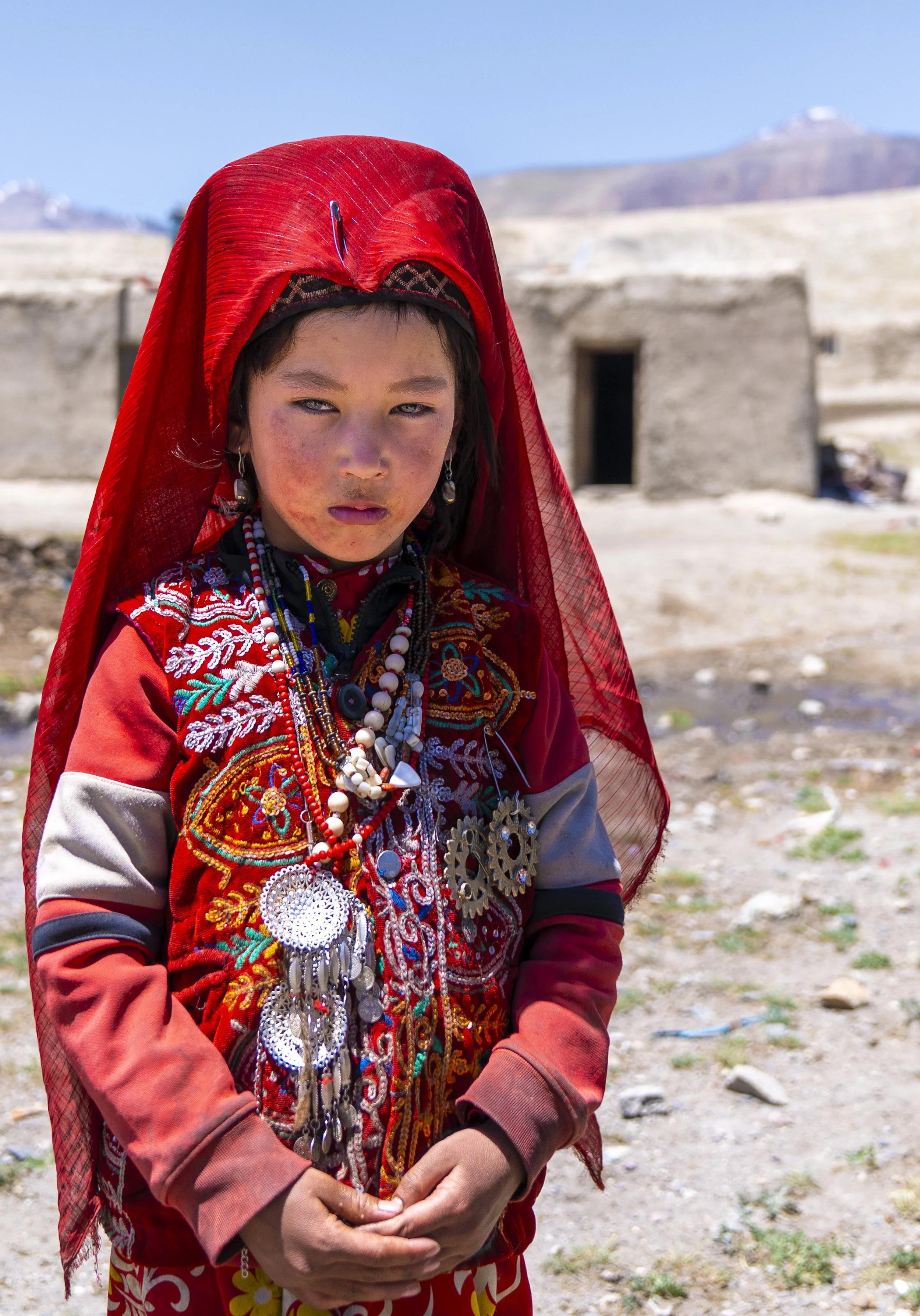
I came for her, to the end of the Wakhan Corridor. I knew of this people and wanted to meet them. Access was difficult: I was not allowed to see the women. Only this young girl was presented to me, under the watch of a family member who agreed that I could photograph her. Later, I showed this portrait in several Tajik villages on the other side of the mountains. Men and women confirmed that this style of dress is not found among them. A few days later, after spending several days in the area, I returned to the village. The elder, an old woman, agreed to speak with me. We were able to have a long conversation at her home. What I know is that she spoke Kyrgyz. For now, this is the observation I can share: these garments seem to belong to this part of Afghanistan. I was not able to continue the investigation to its full extent. Only two villages were accessible, and I will need to return to learn more and, hopefully, this time meet the women of the village.
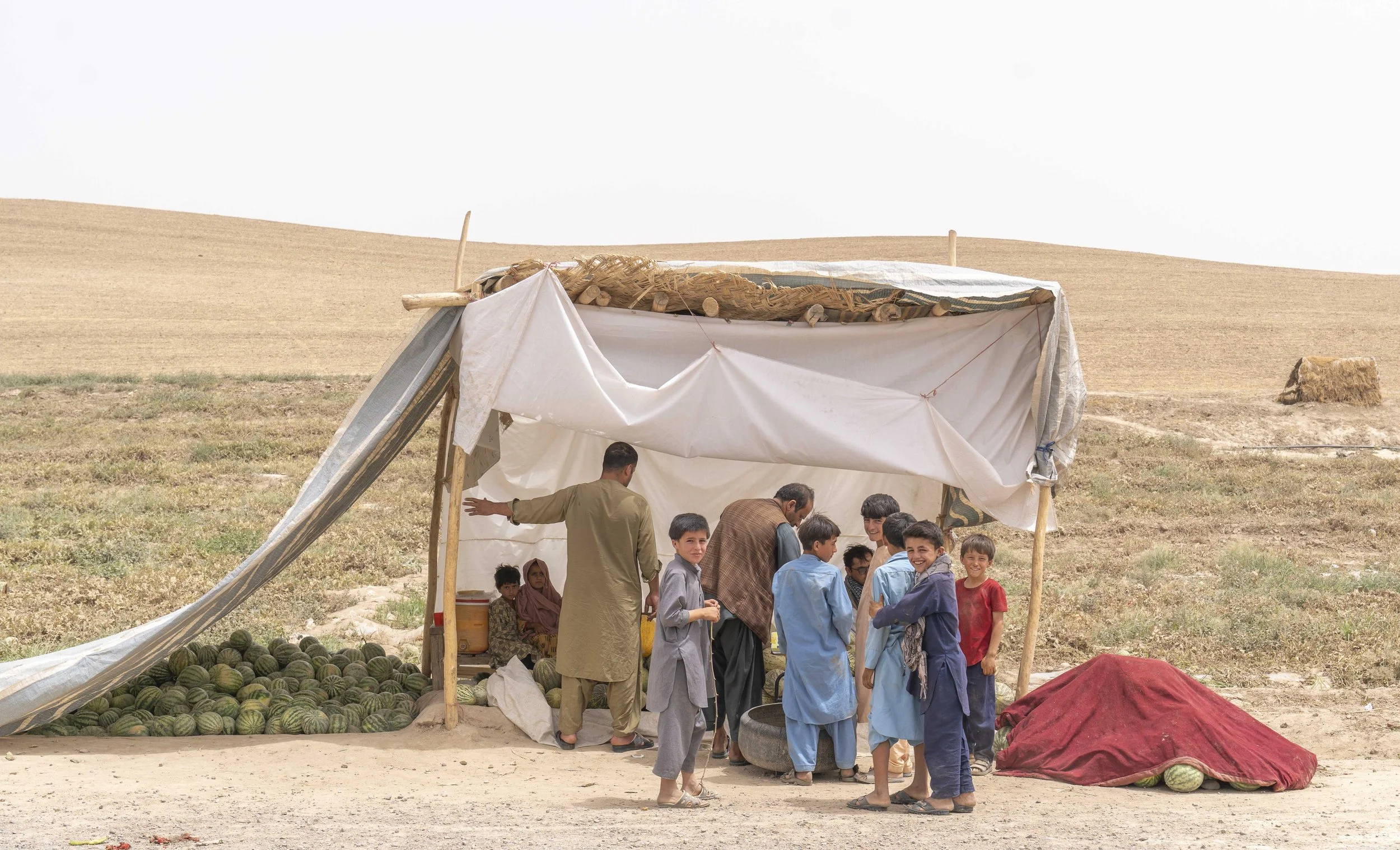


The little girl and the soda. She sat alone in front of her family’s tiny shop, on the edge of the Wakhan Corridor. A bottle of soda, dust on her feet, and a gaze that didn’t move. Time barely exists here. Some silences are enough.


Boys and motorbikes On the way back from Badakhshan, heading towards Kabul. In Kunduz province, we stopped to buy watermelons and melons, right in the middle of the season. Next to the stall stood a small vehicle. Two children climbed on it, amused by my camera. A simple moment, captured between two stages of the journey.

Childhood travels across the world, different in its landscapes, its games, and its voices. And yet, it carries everywhere the same energy: the courage to explore, the strength to dream, the spark of wonder. This breath, fragile and universal, connects all continents and weaves an invisible thread between each of us.
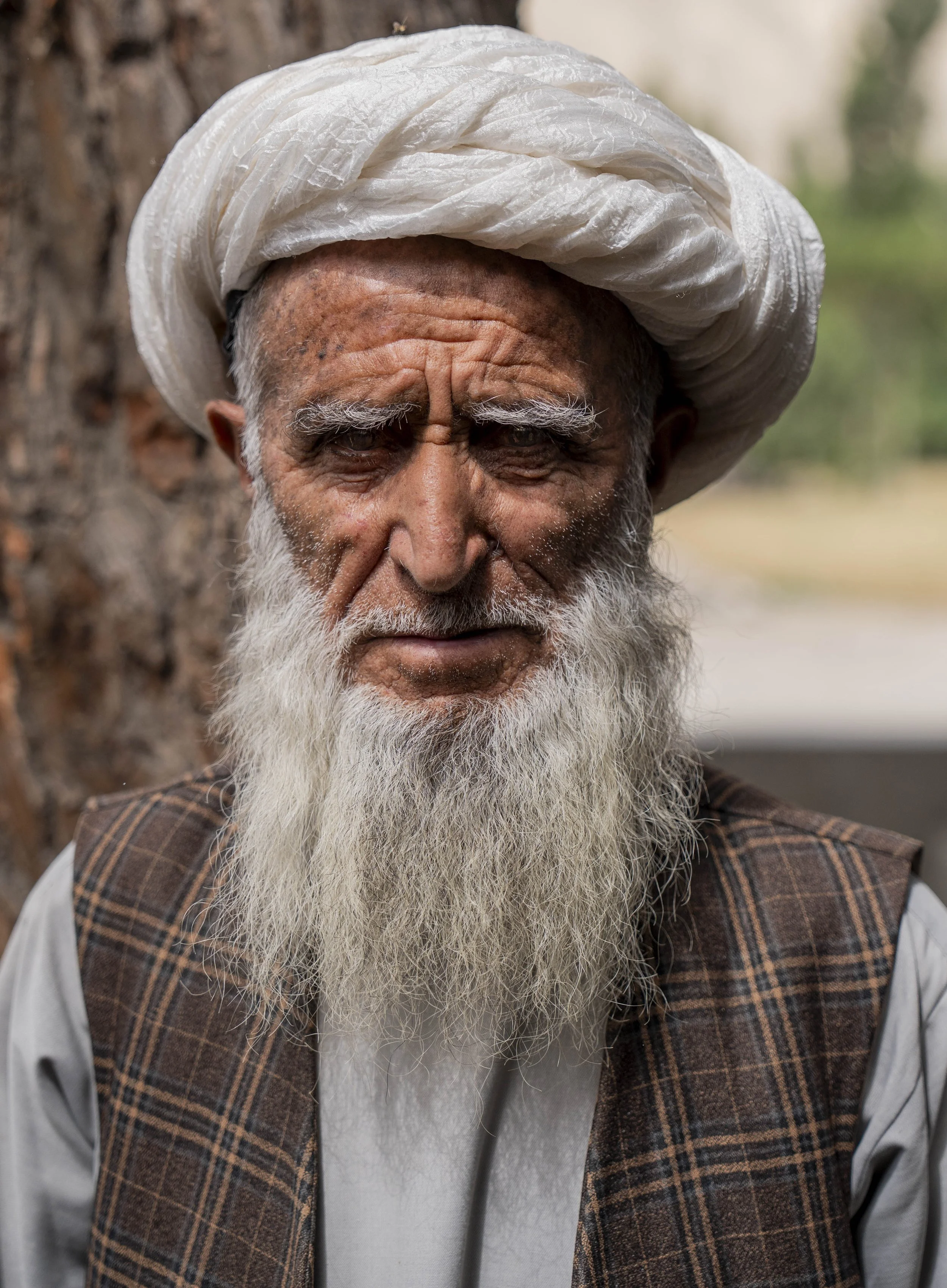
The Old Man and the Forge. On the road to the Wakhan Corridor, in the northern Badakhshan region of Afghanistan, I met this man in a small workshop. Around a fire, men were forging and sharpening tools, their hammers striking hot metal in rhythm, shaping blades used to cut grasses for agriculture. A craft passed down through generations, a glimpse into the daily life of these remote valleys.

The Madrasa. Nuristan
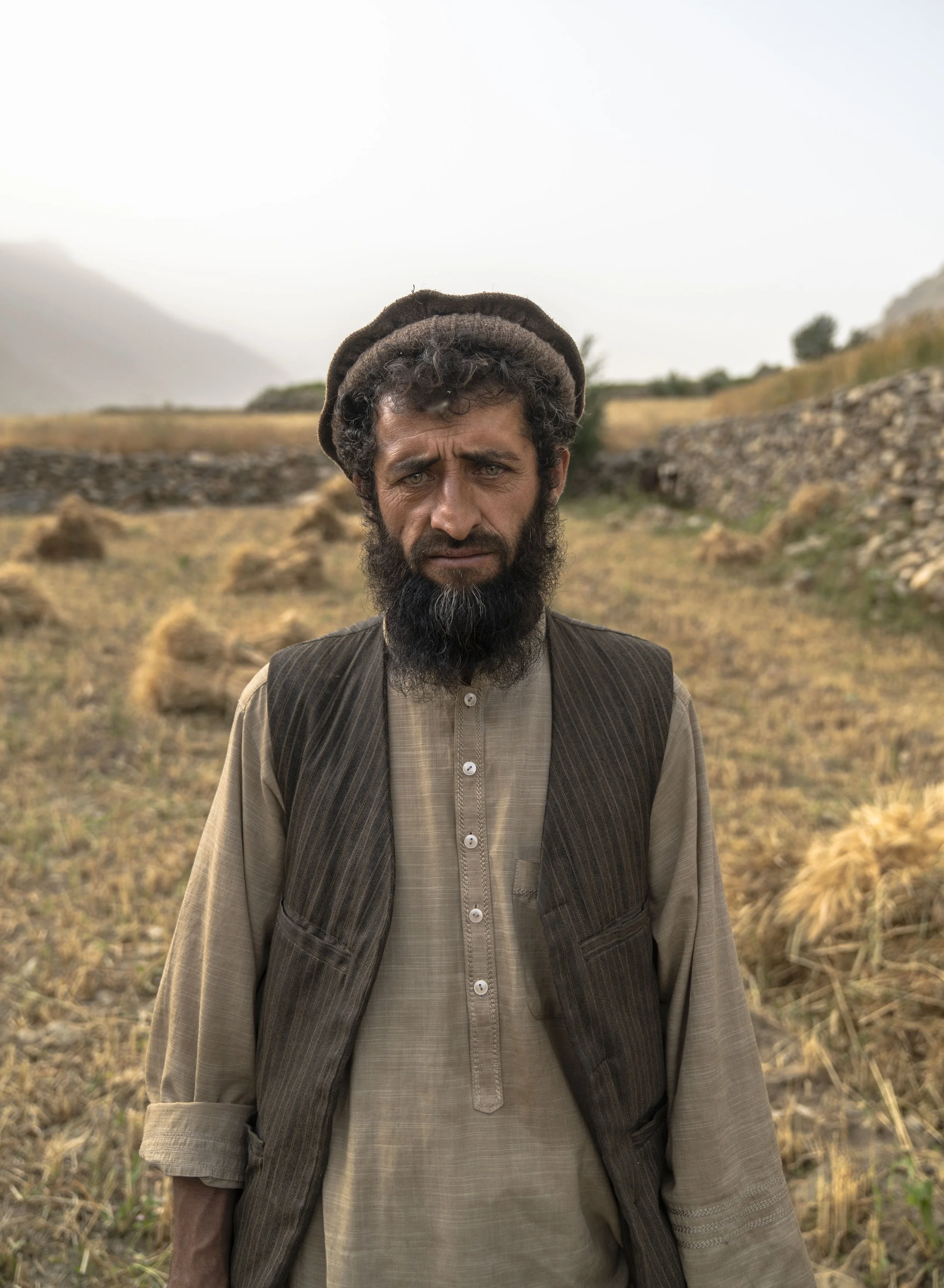
I met this man with his father on the road back from the Wakhan Corridor. They were cutting hay, just above the path. Late in the day, the sun touched only them. The dust from the grass, mixed with the light, wrapped them in a golden veil. They shared a part of their story with me in an interview you’ll be able to discover in a while. A moment of life, somewhere in the Badakhshan.

Every gaze tells a story. Young Afghans hold stories, dreams, and hopes within them. Each gaze is a World.
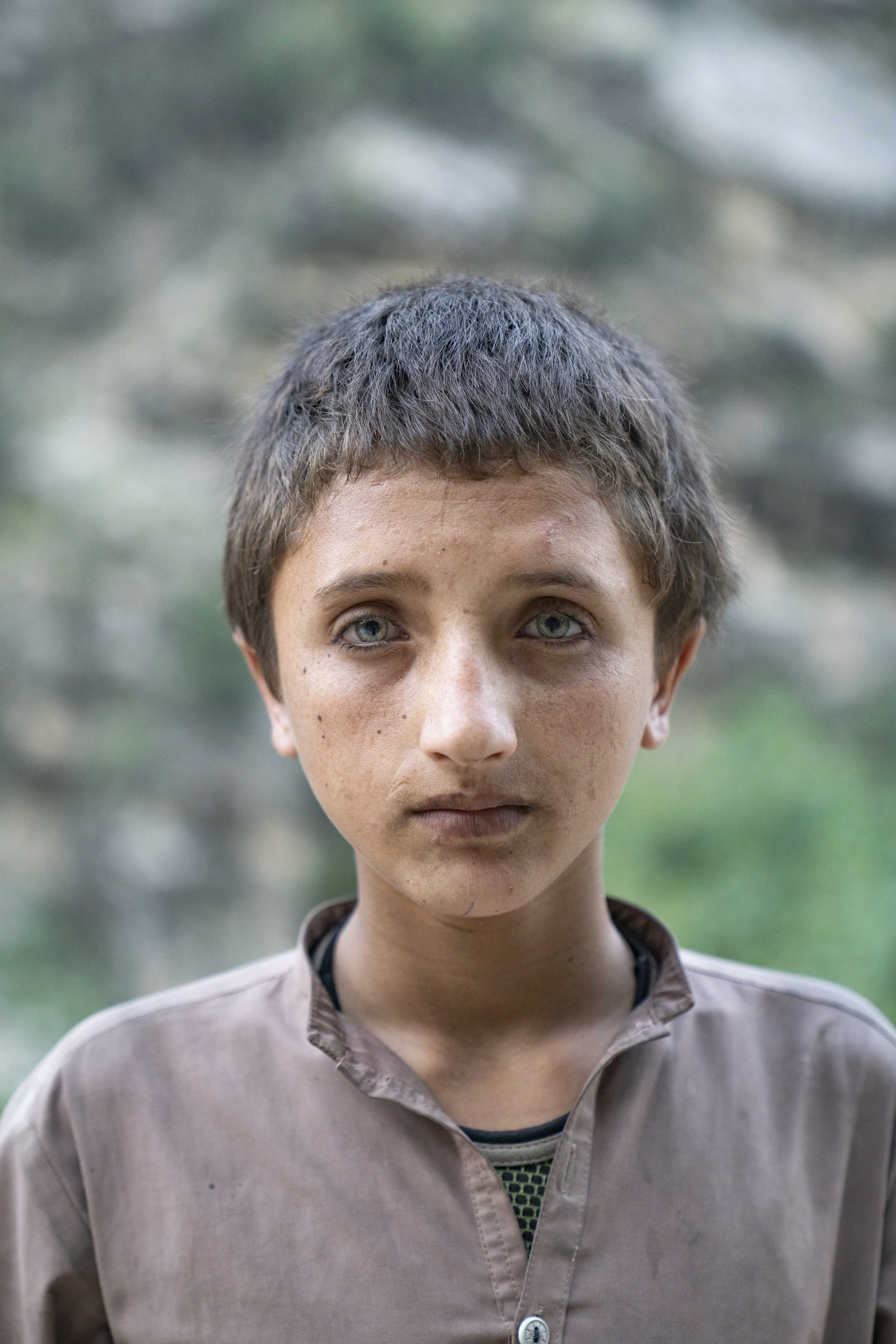
Muhammad and the Dust Road After the long journey from Kabul, passing through Jalalabad and its countless checkpoints, we finally reached Nuristan. I remember valleys wedged between high mountains, a landscape of conifers and towering trees, streams that made the land surprisingly green for Afghanistan. It was there, on the road to Parun, that I met Muhammad. A young man, walking alone, perhaps on his way back to his village. Around him, dust rose in the warm evening air, as the gorges filled with the light of dusk.
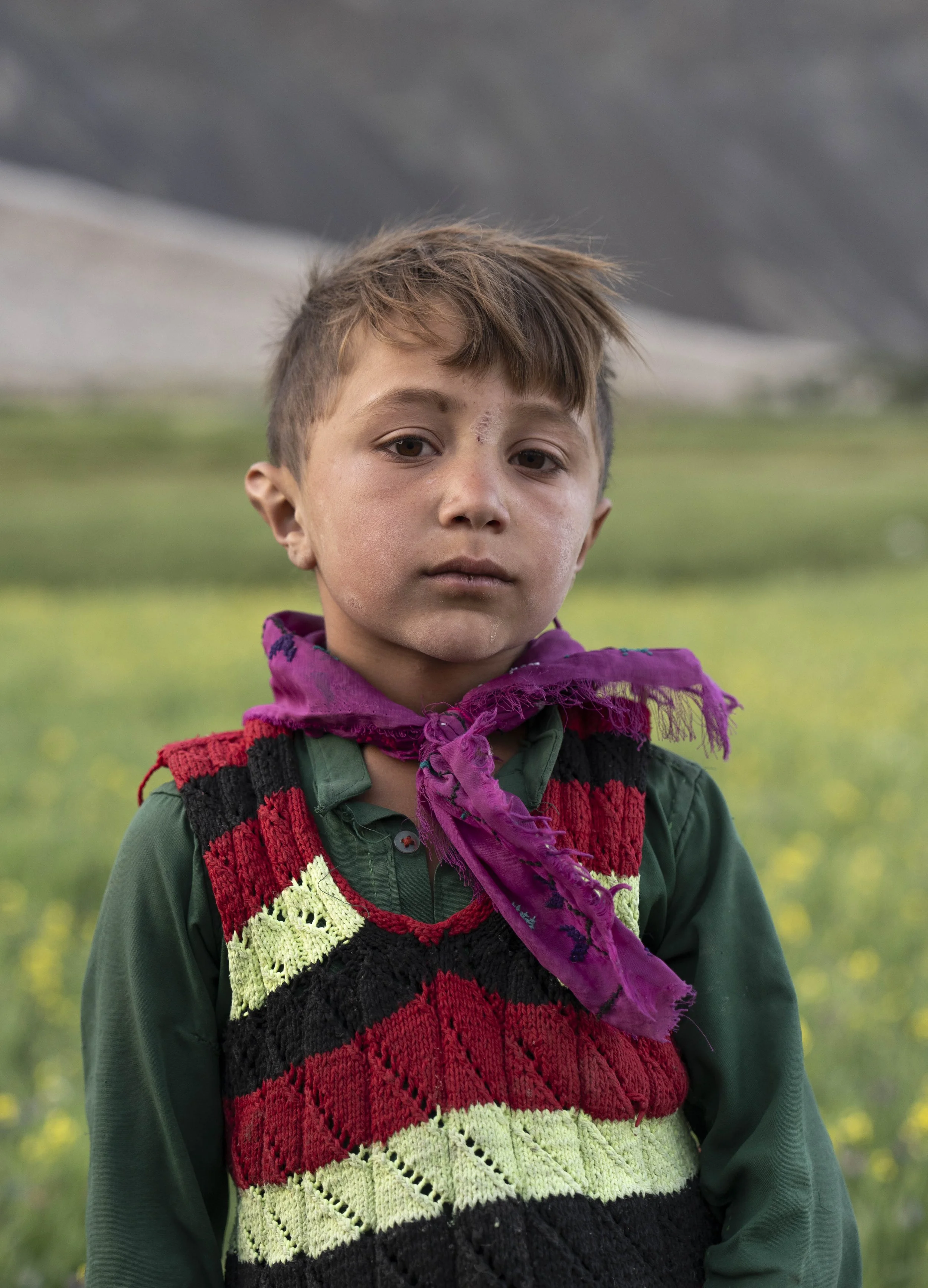
This face inspires pride. Childhood is not just a passage. It is memory. It is future. Today’s children are building tomorrow’s world. In their eyes: strength, a silent promise.
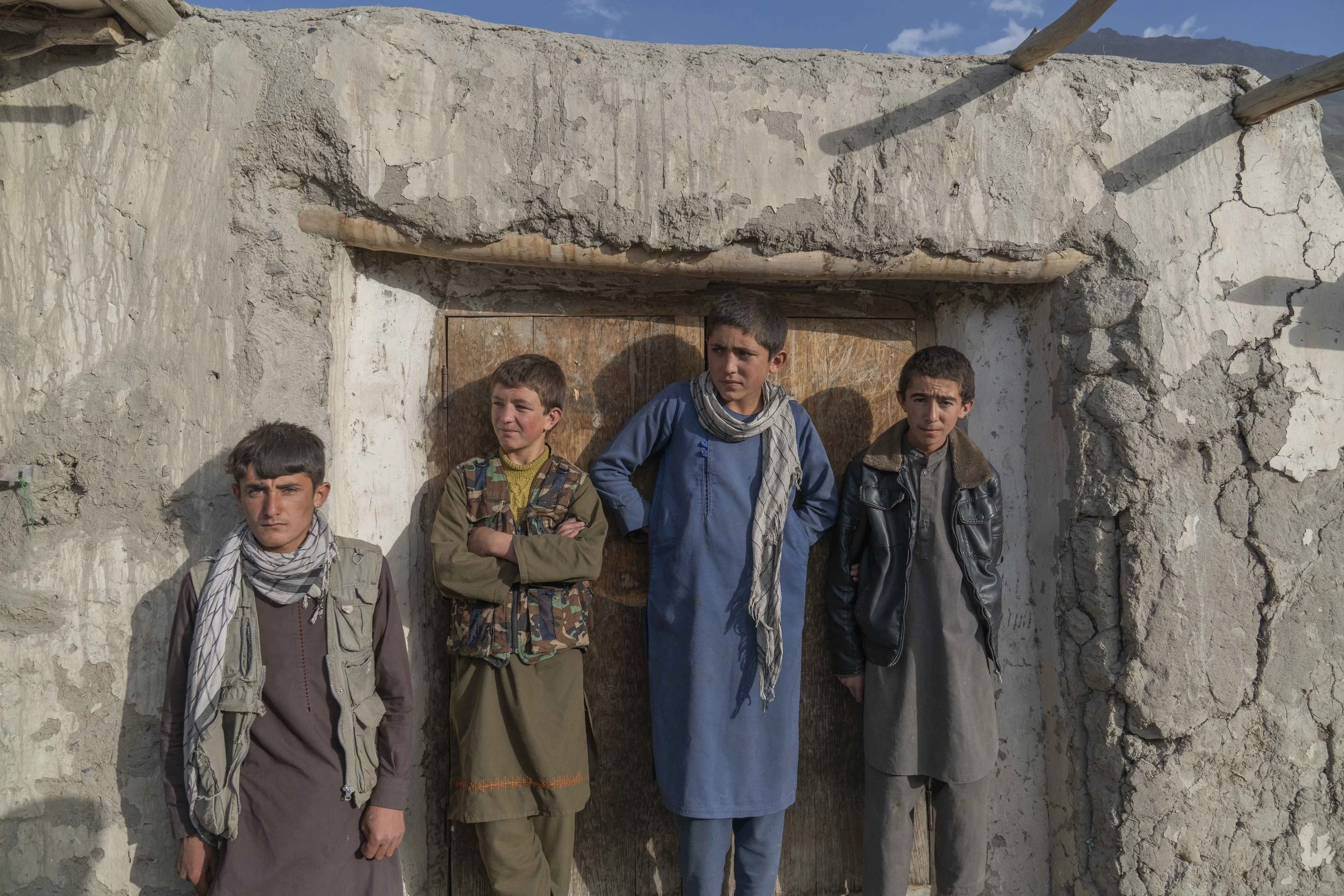

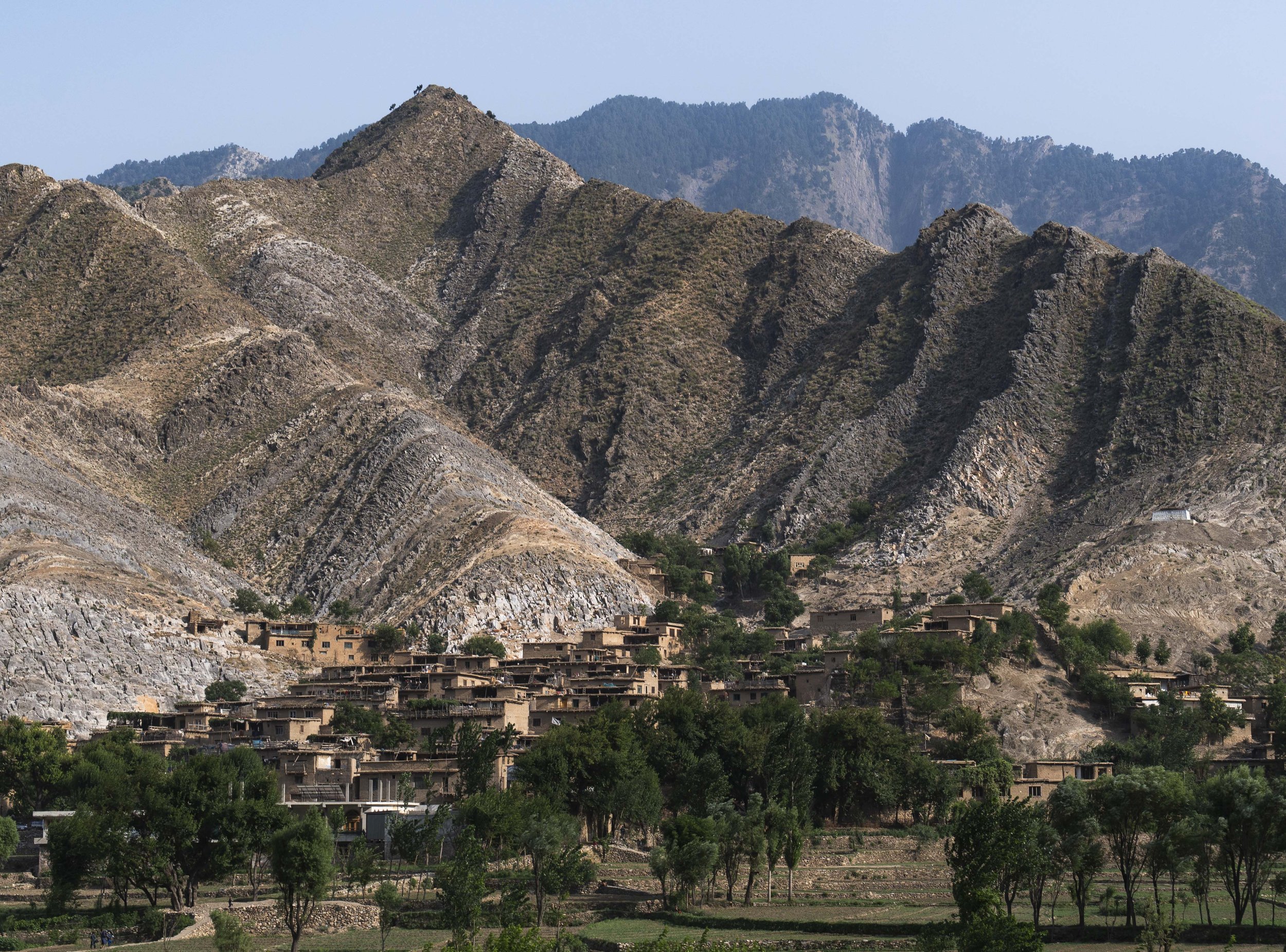
etween rugged mountains and forgotten valleys, the Afghan chapter of Civilization unfolds. From Nuristan to Kunar, from Badakhshan to Bamiyan, each landscape carries a story, a soul. Village in Kunar Province, northeast Afghanistan
